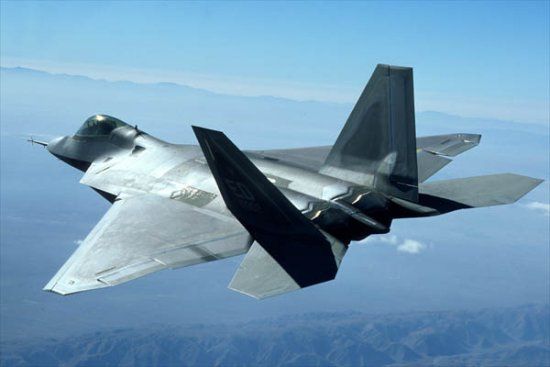What I would like to see, is to have all the current "stealth fighters" under development displayed side by side, and we can compare exactly what surface properties each one has. From memory, from all the photos I have seen of T-50, F-22, YF-22, YF-23, F-35, Mitsubishi ATD-X, "Shafaq" and J-20, it just seems J-20 is particularly "shiny" out of the bunch. It implies it use a material or paint different to the others, and it also implies it could very well be very reflective to the radar waves.
First, keep "Shafaq" out of it. Usually anyone talking "Shafaq" as a stealth fighter is automatically considered a troll in military forums.
Second, "shiny" has nothing to do with reflective nature to radar waves. Far from it. I can even argue that glossy is a quality to reflect the visible light to a particular direction. Nothing can be glossier than a mirror. Yes, mirror reflects light (close to 100%), but only to a particular direction. If you are in a complete darkness, and shine a flashlight toward a mirror, unless you are 90% to the mirror, you won't see anything. On the other hand, any matte surface will reflect enough (even 1%) to your direction for you to see.
However, visual light is different frame radar wave, so I am not going to make stupid argument as above.
The only reason that I am responding to your post (instead of disregarding it as troll) is that I can indeed think of a valid reason for glossy paint - although it is just my guess.
Have you ever painted a house (either exterior or interior)? There is a difference between glossy and matte paint. A wall with glossy paint is easier to clean. If you get dirt or dust on it, you can use soapy water and wash it off. You cannot do that with matte paint surface.
Dust and dirt have a negative impact over stealth. No matter how good your stealthy design is and how good your RAM coating is, with a layer or dust, it will be a nice target on radar.
It is not a particular problem in US. However, China has a serious pollution problem. That J-20 staying on the ground for one day, wipe your finger over the surface and you will pick up a black layer on your fingertip. I guarantee that. Any Chinese will tell you that.
That means the fighter has to be frequently washed to maintain its stealth feature. That's where the glossy agent is for. It bounds the paint to withstand repeated wash.
That's why all cars have glossy paint, and it is also recommended to use glossy paint for bathroom and kitchen.
Of course, it is just my guess.
In any case, every fighter has its own unique requirement, so its design is a combination of requirement and the technical know-how. Whatever paint it uses, technically it is the easiest part of the design, so don't assume it is a limit of technical knowledge. Rather, it reflects the operation requirement - in this case, the dust-heavy environment it must operate in.



